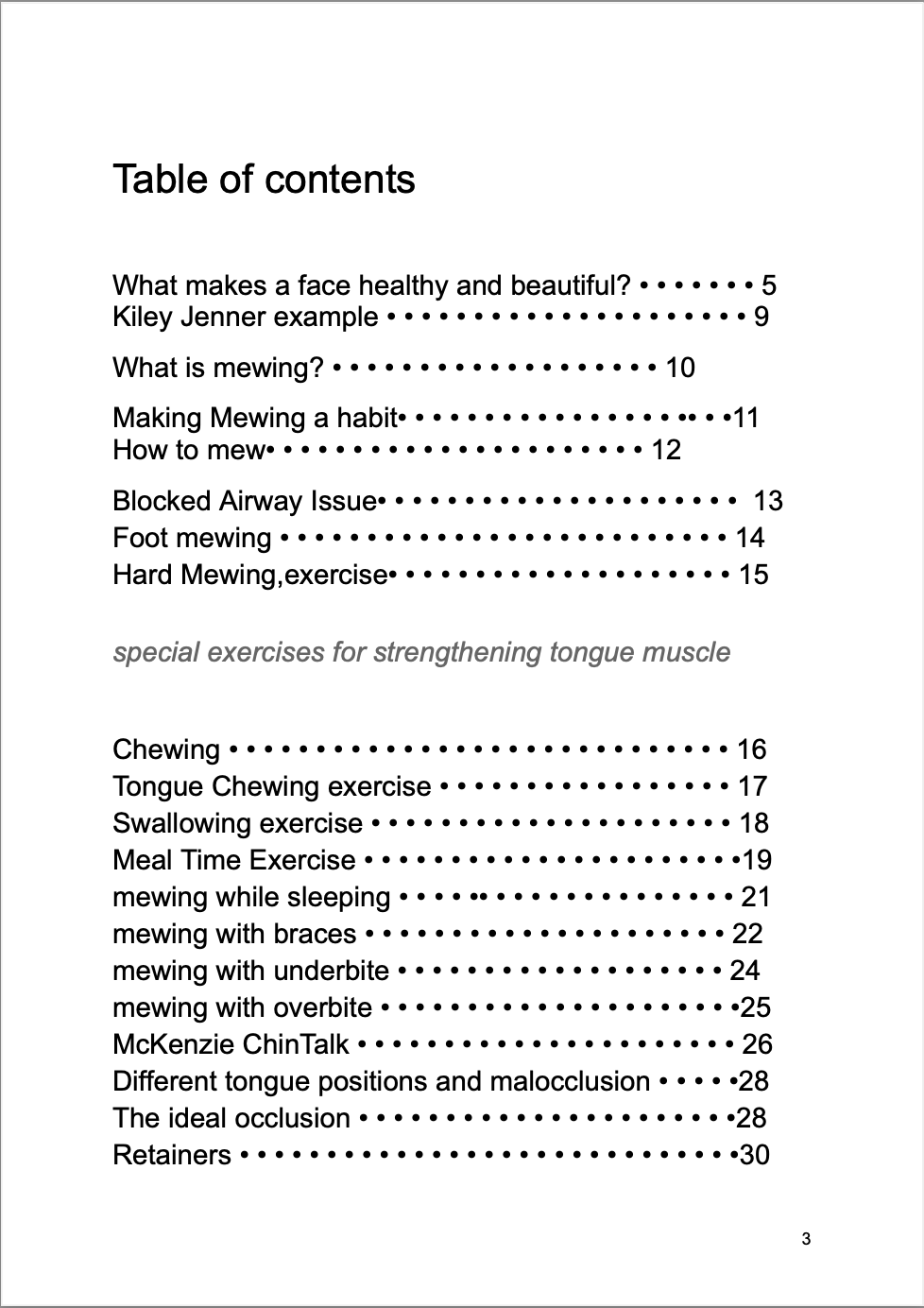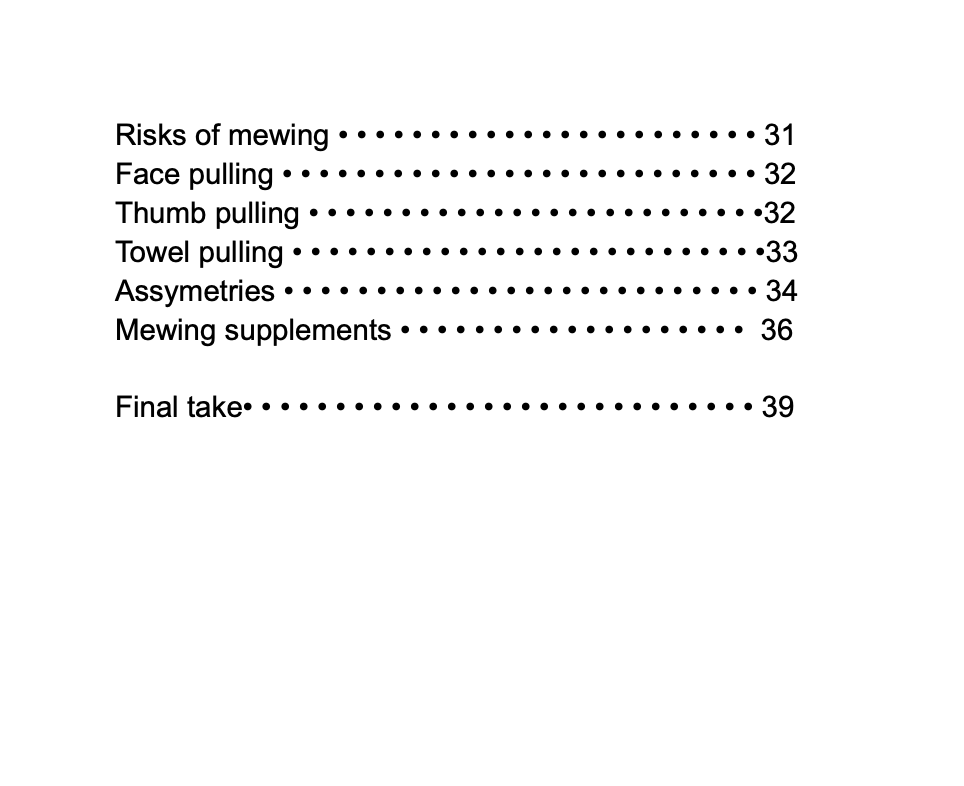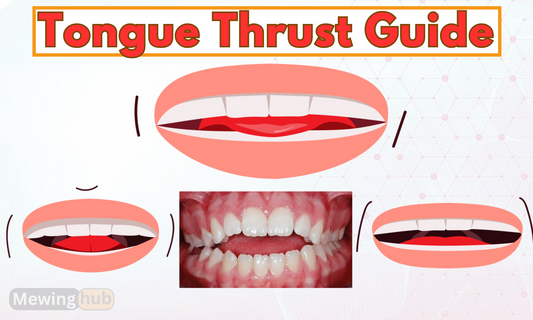The Dangers of Looksmaxing: Beauty Takes a Dark Turn

Share
Exploring the Risks: The Hidden Dangers of Looksmaxing

The Psychological Pitfalls of Looksmaxing
Looksmaxing goes beyond standard grooming and self-care, pushing into the realm of obsessive enhancement in pursuit of perfection.
The journey can become perilous when self-worth becomes inextricably linked to appearance, leading to a harmful cycle of never feeling 'enough.'

The constant chase after an elusive beauty standard can erode mental health, fostering disorders such as body dysmorphic disorder (BDD), where one's perception of physical flaws becomes distorted and all-consuming.
The Risks of Radical Alterations
Some looksmaxing advocates promote extreme measures, from untested supplements to risky cosmetic procedures, in the pursuit of aesthetic improvement.

Bonesmashing a Method believed to improve bone structure via hitting your face
These interventions can pose significant health risks and lead to unintended consequences, both physical and psychological.
The regret and complications that may follow such extreme actions can inflict long-term damage, sometimes irreversible, to both body and mind.
The Social and Financial Costs
Looksmaxing can also incur substantial social and financial costs. The time and money invested in pursuing aesthetic ideals can strain personal relationships and lead to financial instability.
The social pressure to maintain and constantly enhance one's appearance can isolate individuals from meaningful connections that value more than just looks.
When Looksmaxing Becomes Unhealthy
An unhealthy obsession with looksmaxing may also contribute to toxic community behaviors, such as competitiveness, unrealistic comparisons, and the propagation of unattainable beauty standards.
This toxic environment can perpetuate a cycle of negativity and self-doubt among its members, fueling a culture of inadequacy.
The Story of Curly Head James
In the journey of self-improvement, not all stories are of triumph, and such is the cautionary tale of a looksmaxing forum user known as "curly head james."
Initially embodying a natural aesthetic, James sought to enhance his features through various looksmaxing techniques, a decision that led to a drastic and arguably detrimental transformation.

The alteration in his appearance is profound: his once subtle facial contours appear more exaggerated, with changes that might suggest an overzealous approach to cosmetic alteration.
These physical changes could potentially reflect on James's mental health, hinting at the psychological risks when the pursuit of aesthetic perfection becomes an overriding obsession.
James's story is a stark reminder of the fine line between enhancement and excess. It underscores the importance of approaching looksmaxing with cautious moderation and the acknowledgment that mental health should always take precedence in the quest for physical change.
The Importance of a Balanced Approach
It's crucial to approach the desire to improve one's appearance with a balanced perspective.
Recognizing that some aspects of physical appearance cannot be changed and learning to embrace one's unique features is vital for mental well-being.
It is important to set realistic goals and celebrate individual diversity in beauty.
Conclusion: Finding a Middle Ground
The dangers of looksmaxing are real and multifaceted, affecting individuals at a deep psychological level and impacting their social lives and financial security.
While the desire to look one's best is natural, it is essential to recognize when the pursuit of beauty crosses into risky territory.
Embracing a more holistic approach that values mental health and self-acceptance, alongside a moderate approach to physical enhancement, is the key to navigating the world of looksmaxing safely.
In the end, finding a middle ground between self-improvement and self-acceptance is not just prudent—it's imperative for our collective well-being.











